Nurture through Nature
For centuries, ingredients have served useful functions in a variety of foods. Our ancestors used salt to preserve fresh food, added herbs and spices to improve the flavor of foods, preserved fruit with sugar, and pickled cucumbers in a vinegar solution. Today, consumers demand and enjoy a food supply that is flavorful, nutritious, safe, convenient, colorful and affordable. Food additives and advances in technology help make that possible.
There are thousands of ingredients used to make foods. We use simple good ingredients, many of which we use at home every day (e.g., sugar, baking soda, salt, vanilla, citric acid, yeast and spices).
Still, some consumers have concerns about additives because they may see the long, unfamiliar names and think of them as complex chemical compounds. In fact, every food we eat – whether a just – mango pickle or a homemade cookie – is made up of chemical compounds that determine flavor, color, texture and nutrient value. All food additives are carefully chosen as per FSSAI regulations to ensure that foods are safe to eat and are correctly labeled.

Whole Grain Rolled Oats
Oats may reduce asthma risk in children. Oats may boost nutrition profile of gluten-free diets. It increases appetite-control hormones. Oats beta glucans improve immune system defences. It may help reduce the risk of type 2 diabetes and also improve insulin sensitivity. Oats lowers bad cholesterol. It helps control blood pressure.
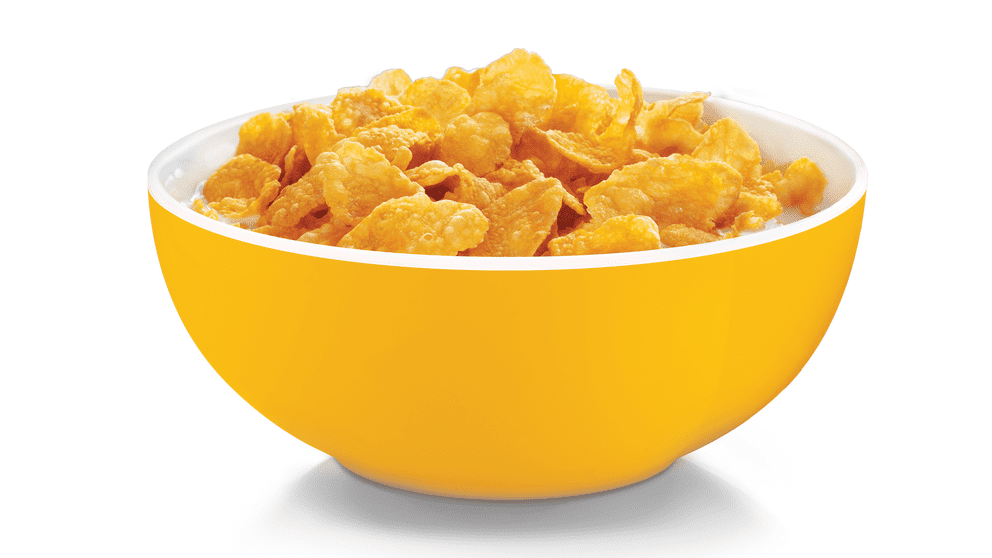
Corn Flakes
Cornflakes are a good source of vitamins, minerals, folate, dietary fiber, as well as proteins, and carbohydrates. Corn flakes are very rich in thiamine and have high iron content. Iron helps keep the brain alert. Corn also contains a carotenoid called beta-cryptoxanthin, which is good for the health of the lungs and also prevents lung cancer. One of the benefits of corn is it provides lutein which the body cannot produce. Lutein is an important nutrient for eye health.
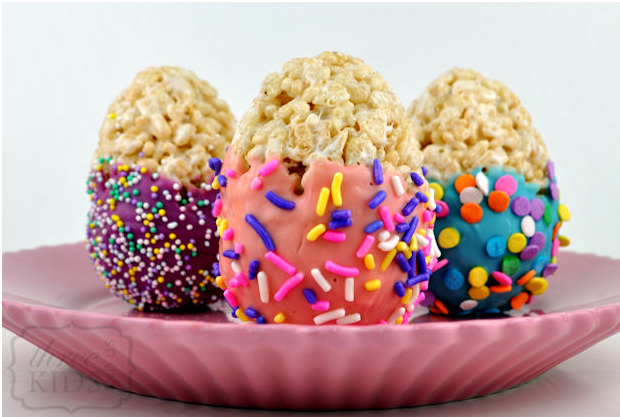
Rice and Bengal gram crispies
Low calorie, crispy and fulfilling. For snap, crackle and pop. Rice Krispies contain rice, sugar, salt, malt flavoring, iron, ascorbic acid (vitamin C), alpha tocopherol acetate (vitamin E), niacinamide, vitamin A palmitate, pyridoxine hydrochloride (vitamin B6), riboflavin (vitamin B2), thiamin hydrochloride (vitamin B1), folic acid, vitamin B12 (as cyanocobalamin), and vitamin D.

Almonds
A rich source of vitamin E, calcium, phosphorous, iron and magnesium. It also contains zinc, selenium, copper and niacin. Regular consumption of almonds helps to increase the level of high density lipoproteins (HDL) and reduce the level of low density lipoproteins (LDL), thereby effectively controlling cholesterol levels. LDL cholesterol is called bad cholesterol.

Quinoa Seeds
According to the Whole Grains Council, quinoa is a gluten-free, whole-grain carbohydrate, as well as a whole protein (meaning it contains all nine essential amino acids). Quinoa, often described as a "superfood" or a "supergrain," has become popular among the health conscious, with good reason.

Amaranth Seeds
Amaranth is a versatile and nutritious group of grains that has been cultivated for thousands of years. Amaranth is a good source of fiber, protein, manganese, magnesium, phosphorus and iron, along with several other important micronutrients. Amaranth is high in several antioxidants, such as gallic acid, p-hydroxybenzoic acid and vanillic acid, which may help protect against disease.
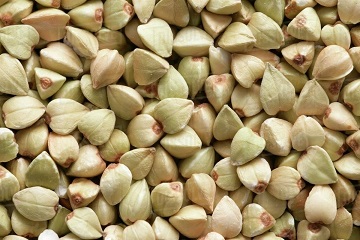
Buckwheat Seeds
Buckwheat is a gluten-free, protein-rich, grain-like seed crop. Makes a quick-growing smother crop that outcompetes weeds and provides an excellent food source for pollinating insects. Not related to wheat in any way, buckwheat is actually a seed that comes from the plant. IMPROVED HEART HEALTH, REDUCED BLOOD SUGAR, GLUTEN FREE AND NON-ALLERGENIC
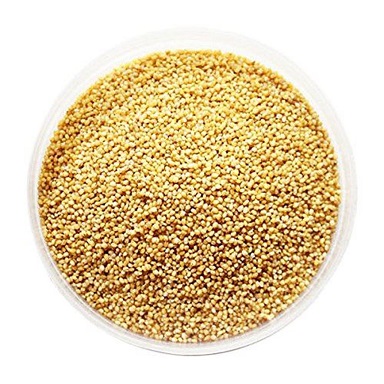
Foxtail Millets
Like other millets, foxtail millet is rich in complex carbohydrates – the kind which doesn’t increase the blood sugar levels immediately but slowly releases glucose into the bloodstream. It is rich in dietary fibre and minerals like iron and copper.
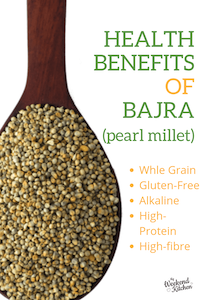
Bajra (Pearl Millet)
The most abundant polyphenols present in bajra include flavonoids - tricin, luteolin and acacetin. These have been shown to be anti-carcinogenic and antitumor, and may even help arrest the growth of breast cancer cells.
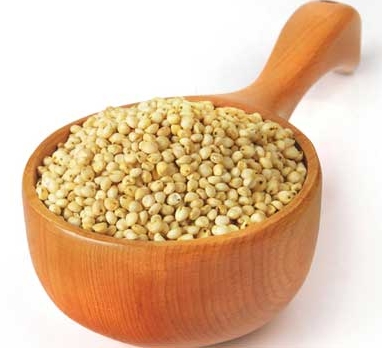
Jowar (Sorghum)
Jowar has high-protein, is cholesterol-free source of a variety of essential nutrients, including dietary fiber, iron, phosphorus and thiamine. It is a great substitute for people with celiac disease or wheat allergies. It keeps bones and teeth strong by providing energy to the body. It is a good source of vitamin B.

Ragi - Finger Millet
Ragi is an extremely nutritious millet, that resembles mustard seeds in appearance. Finger millet is especially valuable as it contains the amino acid methionine, which is lacking in the diets of the poor who live on starchy staples such as cassava, plantain, polished rice or maize meal. Ragi flour is one of the best non-dairy sources of calcium when compared to any other grains. Helps in Controlling Diabetes. Reverts Skin Ageing. Battles Anemia. Relaxes the Body

Mung Beans
Mung beans are high in important vitamins, minerals, protein and fiber. Sprouted mung beans contain fewer calories but have more antioxidants and amino acids. Mung beans are a good source of antioxidants, which may reduce your risk of chronic diseases, such as heart disease, diabetes and certain cancers. However, more human-based research is needed before making health recommendations.
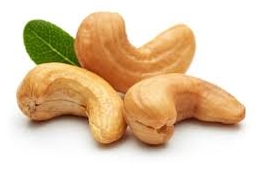
Cashew
Rich source of minerals especially manganese, potassium, copper, iron, magnesium, zinc and selenium are concentrated in the nuts and many essential vitamins such as pantothenic acid (vitamin B5), pyridoxine (vitamin B-6), riboflavin, and thiamin (vitamin B-1). It is thought to provide antioxidant and protective UV ray filtering functions and helps prevent age related macular degeneration (ARMD) in the elderly. They are rich in “heart-friendly” monounsaturated fatty acids like oleic and palmitoleic acids that help to lower bad LDL cholesterol and increase good HDL cholesterol.

Black Raisins
Eating raisins also promotes the efficient absorption of vitamins, proteins and other nutrients in your body. Therefore, they also help in building up your immune system. Fibers in raisins swell as they absorb water, thus promoting a laxative effect and thereby relieving constipation. Raisins are rich in iron and copper, which are necessary in the formation of red blood cells.

Dried Figs
Figs contain a type of antioxidant called phenols, which may lower your risk for heart disease and cancer by preventing cell damage by dangerous free radicals. Fiber lowers your risk for high cholesterol, heart disease and constipation. The fiber in figs may also help you lose weight since it makes figs more filling, helping you eat fewer calories.

Pistachio
High in antioxidants such as vitamins A and E, they fight inflammation, protecting blood vessels and reducing risk of heart disease. Even a moderate intake of pistachios has been shown to increase levels of lutein, an antioxidant well known for protecting against oxidized LDL, reducing heart disease. Eating pistachios may help to prevent Type 2 diabetes. The vitamin B6 so abundant in pistachios has wide-ranging effects on the nervous system.
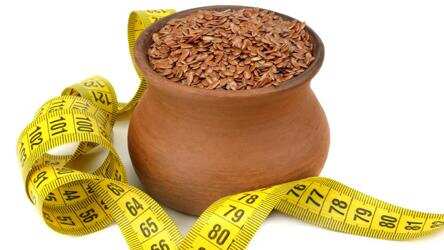
Flax Seed
Flax seeds are good sources of many nutrients. Their health benefits are mainly due to their content of omega-3 fats, lignans and fiber. Flax seeds are a rich source of the omega-3 fatty acid ALA. Plant-based ALA fatty acids are proven to have heart health benefits and are linked to a lower risk of stroke. Flax seeds contain a group of nutrients called lignans, which have powerful antioxidant and estrogen properties. They may help in preventing breast and prostate cancer, as well as other types of cancer.

Sunflower Seeds
Sunflower seeds come from the large flower heads of the sunflower plant. The edible variety has a mild, nutty flavor. Sunflower seeds are excellent sources of several nutrients — including vitamin E and selenium — and beneficial plant compounds that can help prevent chronic diseases.
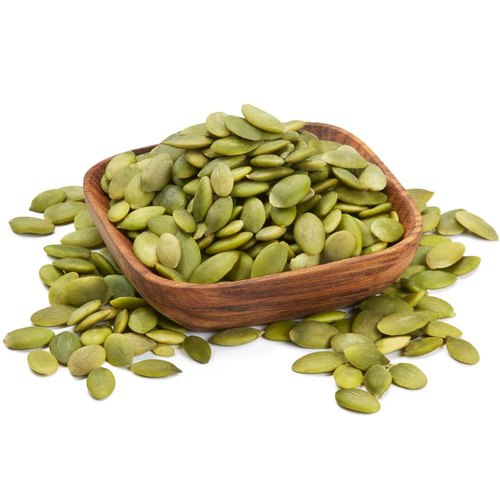
Pumpkin Seeds
Pumpkin seeds are rich in antioxidants, iron, zinc, magnesium and many other nutrients. An ounce (28 grams) contains about 151 calories. Pumpkin seeds are full of antioxidants that may help protect against disease and reduce inflammation. Some evidence suggests that pumpkin seeds may help prevent certain types of cancer.

Sesame Seeds
A 3-tablespoon (30-gram) serving of sesame seeds supplies 12% of the RDI for fiber, which is vital for your digestive health. Sesame seeds may help reduce heart disease risk factors, including elevated triglyceride and “bad” LDL cholesterol levels. Sesame seeds — particularly hulled ones — are a good source of protein, which is a necessary building block for your body.
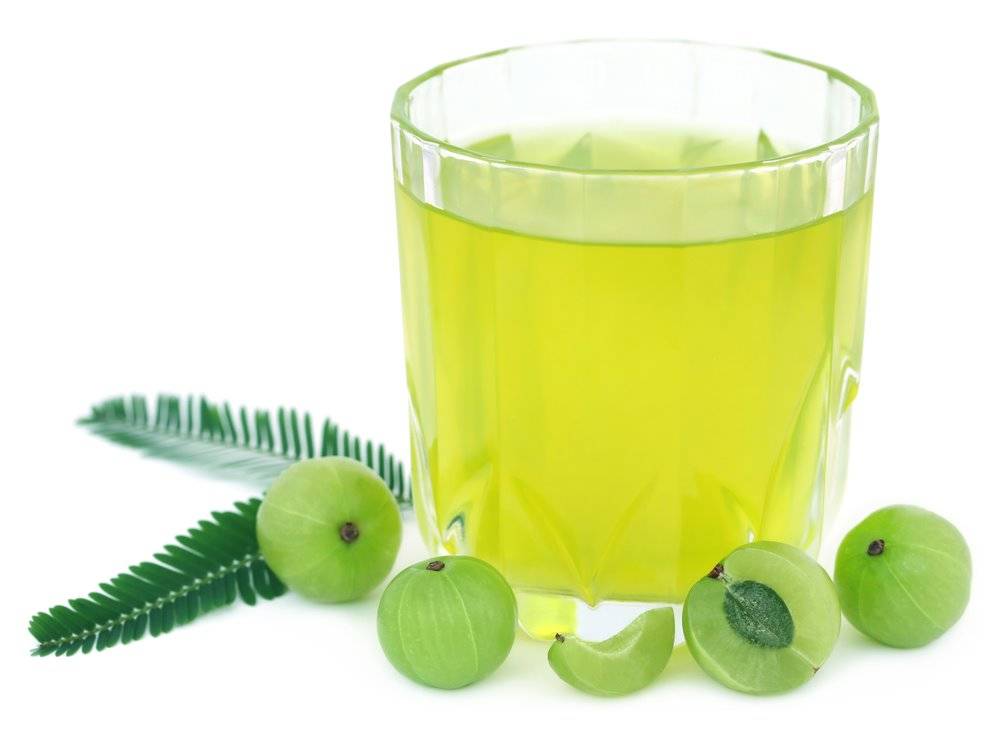
Amla
The Amla or Neelikkai (Phyllanthus emblica) is also called Amalka in Hindi. It is also refereed to as the Indian Gooseberry and belongs to the Euphorbiaceae family. Amla is one of the best herbs you can consume on daily basis without any side effects. Amla works as a hair tonic and is an essential ingredient for hair care. It not just helps in strengthening of roots of hair, but also enriches hair growth. It also prevents dandruff and premature graying of hair. It is very useful in improving eyesight.

Cocoa Powder
Cocoa is also a good source of magnesium, believed to help relieve premenstrual and nervous tension. And most health professionals agree that it’s also a great source of antioxidants. A diet high in antioxidants kills those nasty free radicals. Free radicals destroy healthy cells in the body, causing cancer, heart disease and premature ageing. Cocoa has nearly twice the antioxidants of red wine and up to four times those found in green tea. Flavonoids are the plant-based substances responsible for many of cocoa’s health benefits.
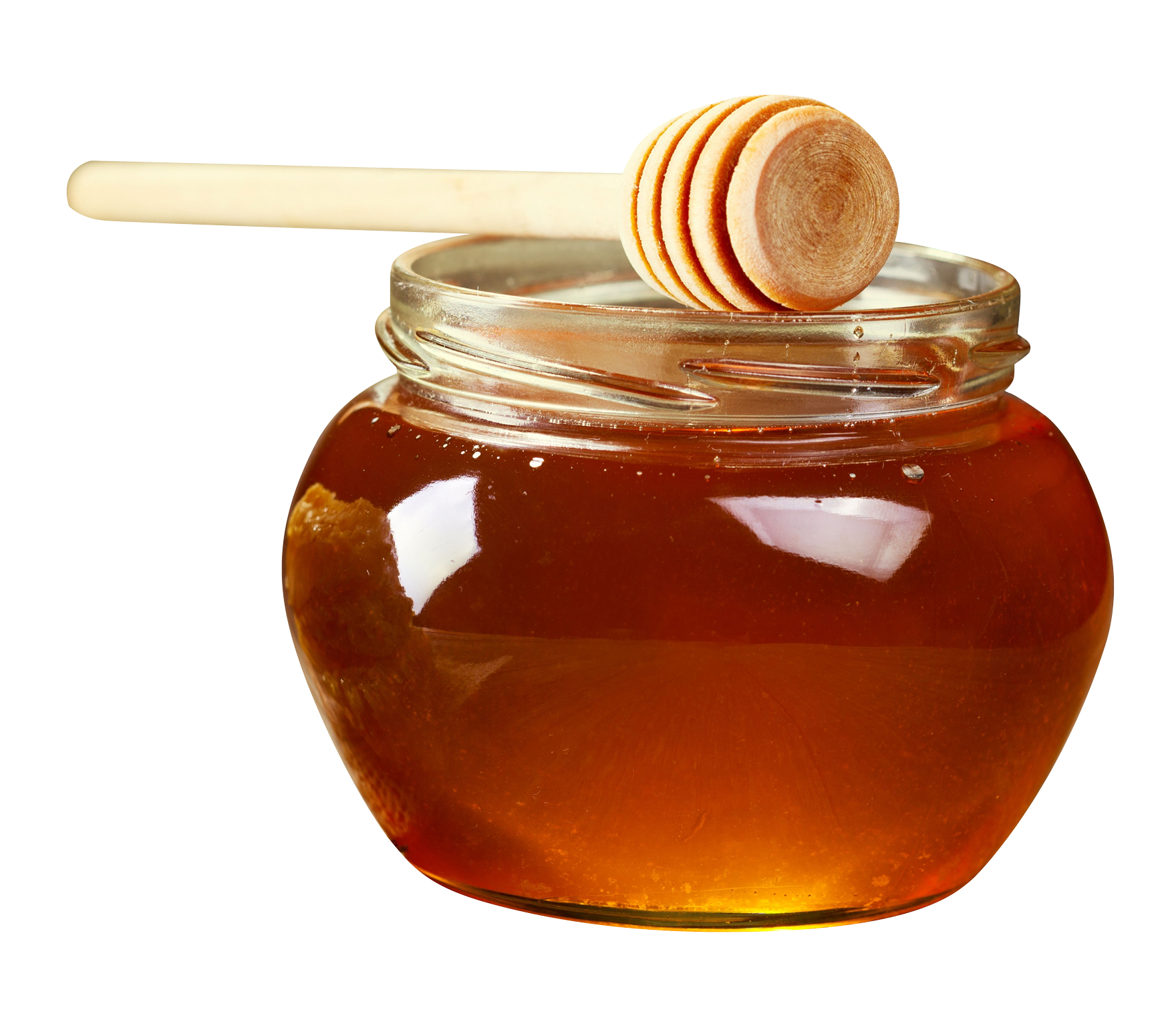
Honey
The 3 key health benefits of honey are related to the fact that: Honey is nature's energy booster, Honey is a great immunity system builder and Honey is a natural remedy for many ailments. Honey is linked to wound-healing properties and antibacterial action. It has been used in medicine for over 5,000 years. Do not give honey to children under 12 months old. Honey can replace sugar in meals, providing a healthier option. However, they can also add browning and excess moisture to a dish.

Glucose Syrup
Glucose is not only safe but necessary for life. All our energy derives from glucose. Instead, the syrup is made by breaking down glucose molecules in starchy foods through hydrolysis. This chemical reaction yields a concentrated, sweet product with a high glucose content. Although corn is the most common source, potatoes, barley, cassava, and wheat can also be used. Glucose syrup is produced as a thick liquid or in solid granules

Glycerol
Glycerol is taken by mouth for weight loss, improving exercise performance, helping the body replace water lost during diarrhoea and vomiting, and reducing pressure inside the eye in people with glaucoma. Athletes also use glycerol to keep from becoming dehydrated. Due to having antimicrobial and antiviral properties it is widely used in FDA approved wound and burn treatments.

Sorbitol
While many fruits naturally contain sorbitol, it can also be produced in the laboratory, where it's derived from glucose. Pharmacists may use sorbitol in place of sugar to sweeten medications, including compounded medications like syrups and lozenges made at your local pharmacy. Many candies, gums, and mouthwashes contain sorbitol for sweetness. The Food and Drug Administration (FDA) reports that sorbitol seems to be safe overall. Human studies show that sorbitol is safe, but that when people consume double of what's considered a "regular" dose for humans, it starts to behave as a laxative.

Rice bran oil
Healthier than healthy oils with abundant nutrients like Oryzanol that helps keep your cholesterol in check. Rice bran oil is extracted from rice bran, the outer layer of the rice grain.It also boasts 29% of the Daily Value (DV) for vitamin E, a fat-soluble vitamin involved in immune function and blood vessel health. Rice bran oil may help lower blood sugar levels and improve insulin resistance, though more human studies are necessary. Several active compounds in rice bran oil, including oryzanol and tocotrienols, may provide antioxidant and anti-inflammatory effects.
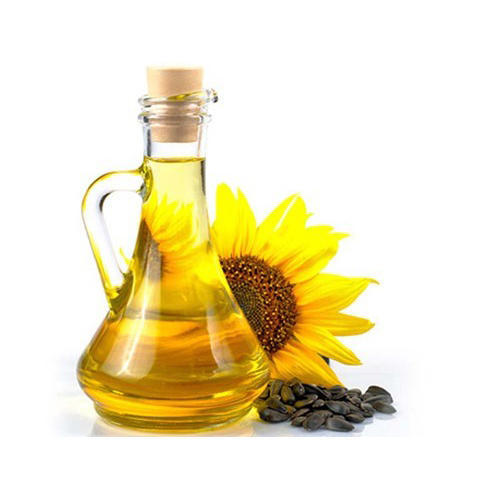
Sunflower Oil
Golden, light and healthy, sunflower oil contains more Vitamin E than any other vegetable oil. It is naturally extracted from sunflower seeds and bears a subtle taste. Vegetable and plant based oils are cholesterol-free, low in saturated fats and rich in polyunsaturated fats. Sunflower oil, particularly, is loaded with Vitamin E and omega 6 fats which makes it a healthy choice.

Skimmed milk PowderM
Skimmed Milk powder contains more proteins (36%) and less carbohydrates (18%). As it is considered to be zero fats, it is a good substitute of whole milk and can be taken by patients with high cholesterol levels and cardiac problems. The milk protein Casein is said to stimulate the whole body and helps in muscle- protein synthesis.
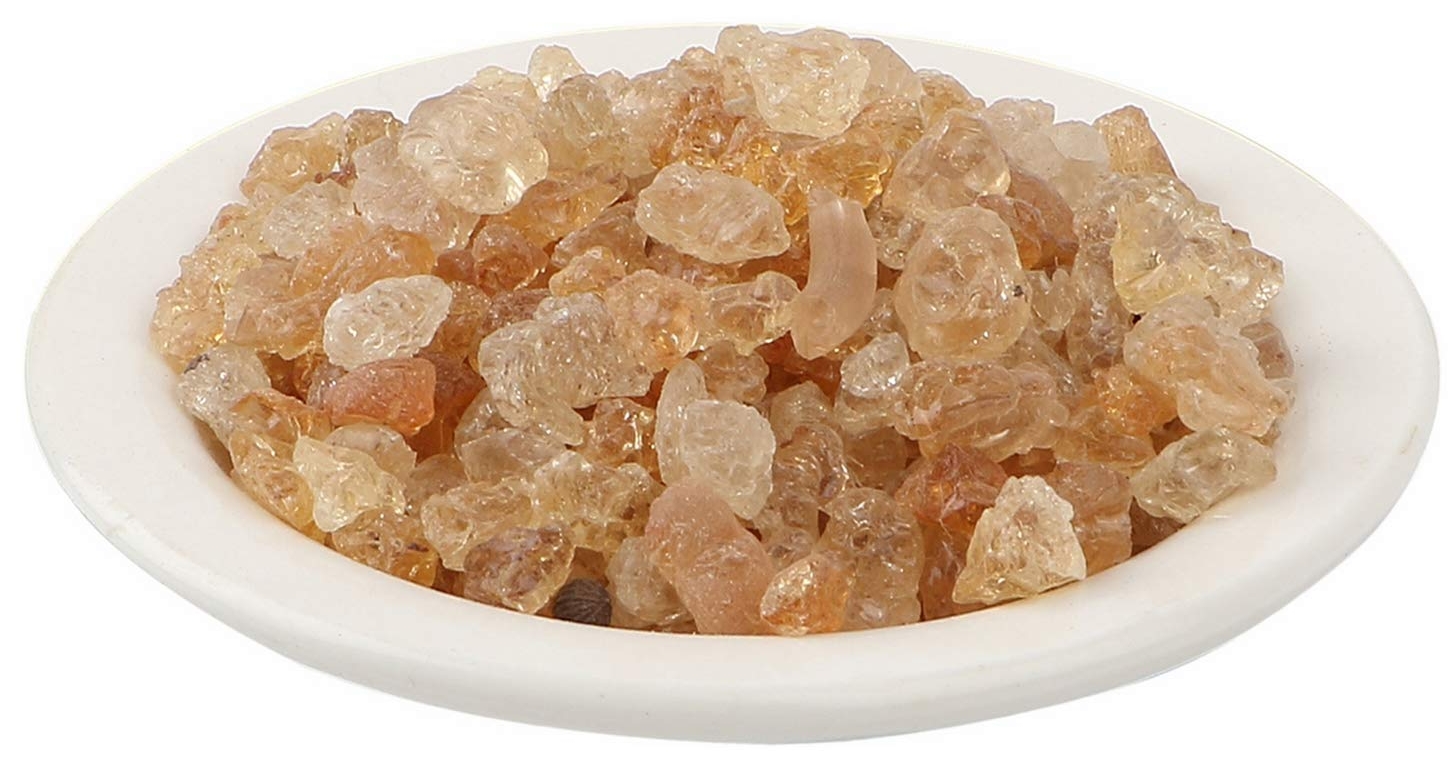
Gum Arabic
Acacia gum (also known as gum arabic) comes from the sap of acacia trees. It is an excellent source of soluble dietary fiber (90% on dry basis). Supplementation with acacia fiber can also help to raise HDL cholesterol levels in your body and help to lower your blood pressure. Additionally, acacia fiber can stimulate cholecystokinin, a hormone in your body responsible for stimulating the digestion of protein and fat in your body. Further, acacia fiber can help your body to remove toxins accumulated in your digestive system.

Citric Acid
As an anti-oxidant, citric acid may be able to neutralize the damaging effects of free radicals, unstable compounds that can accumulate in the body from exposure to toxic chemicals. Citric acid's ability to chelate calcium and its alkalizing properties make it useful as a method for preventing kidney stones. Citric acid has been shown to prevent urinary tract infections.

Non GMO Pea Protein Isolate
Pea Protein Isolate is rich in Leucine, Arginine, Glutamine, and all remaining branch chain and essential amino acids. This protein offers a digestibility of approximately 90% in humans, and in addition to being a non-GMO protein powder, the Pea Protein Isolate is also gluten-free, soy-free, and hypoallergenic